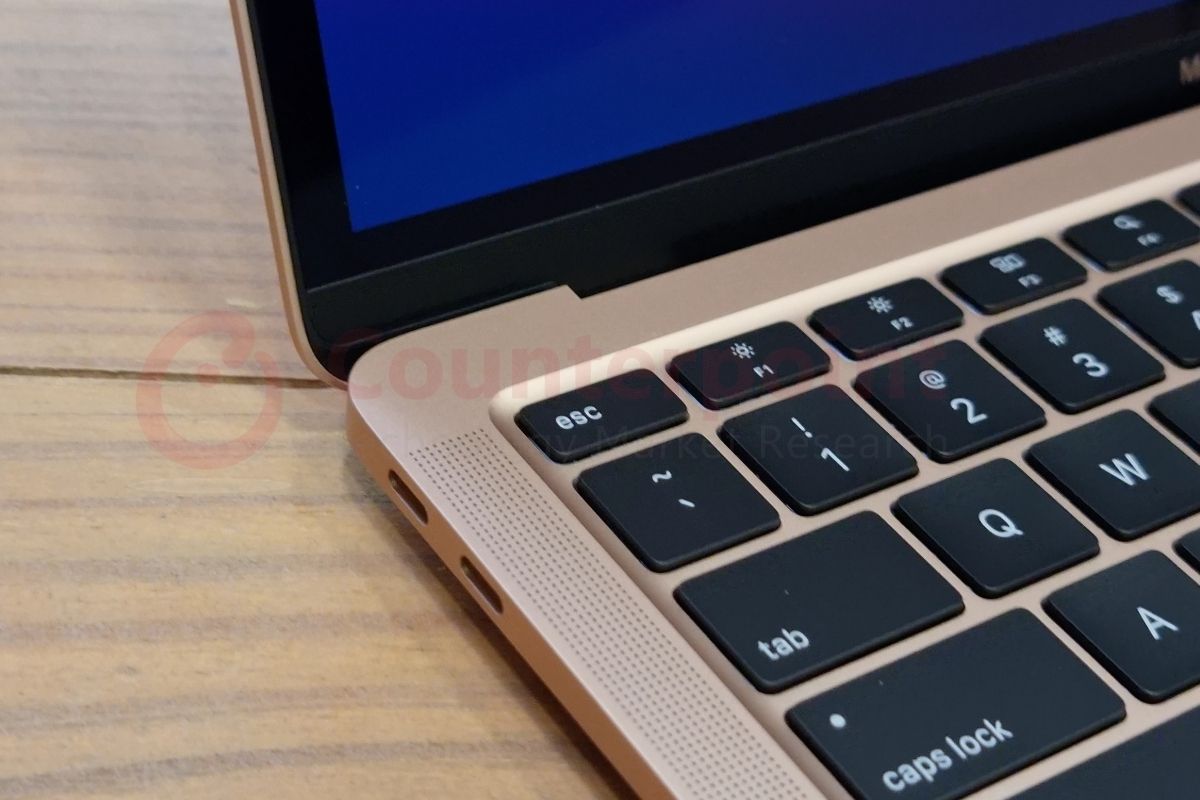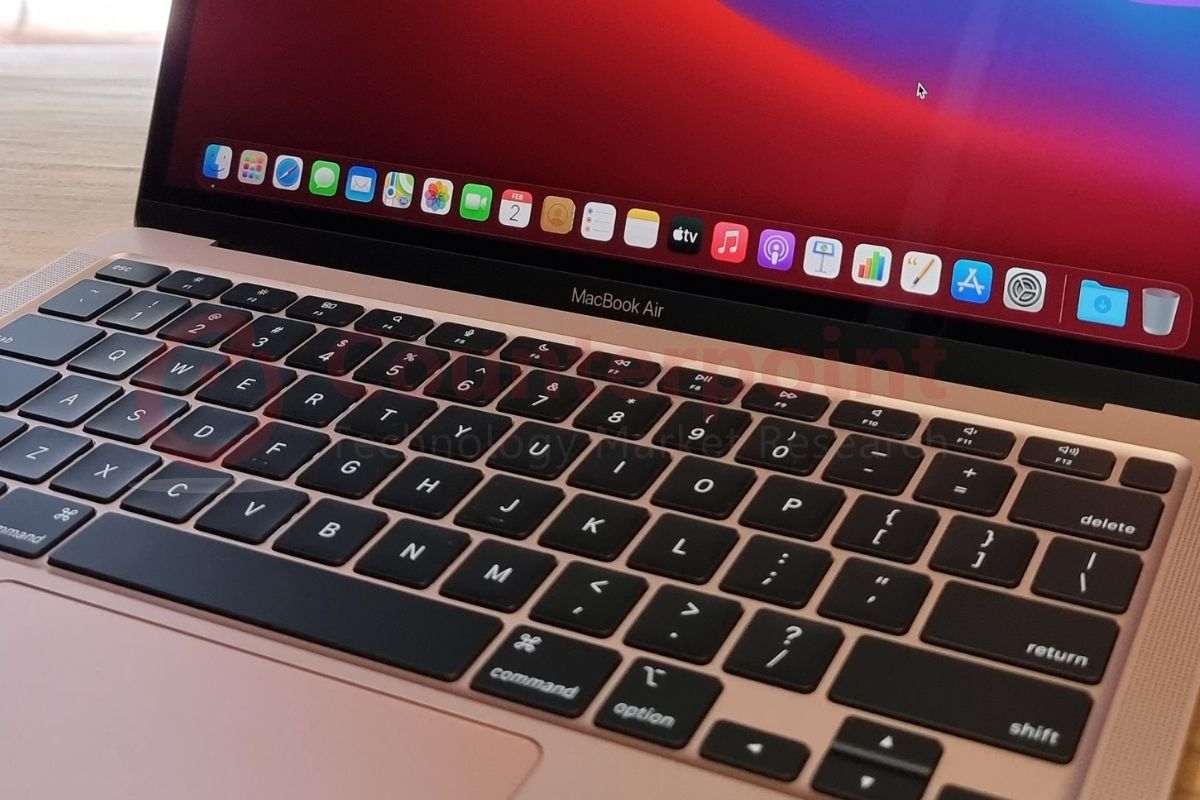At the Apple Worldwide Developers Conference (WWDC) in June 2020, Apple announced its plans of switching from Intel chipsets to Apple Silicon in two years, and that the move will be a gradual one. Later, in November 2020, Apple formally announced refreshed models of the MacBook Air, MacBook Pro and the Mac mini powered by the Apple M1 chip. I had a chance to try out the MacBook Air M1, and here are my first impressions.
Familiar Design to Feel at Home
The MacBook Air M1 and the MacBook Air with Retina display, which was introduced in early 2020, look the same. The weight and dimensions are identical, so is the port placement. It is impossible to tell the difference between the two without looking at the hardware. Both have minimal ports, including two multipurpose USB Type-C (Thunderbolt) ports on the left, and a 3.5mm audio jack on the right.

There is no doubt that the MacBook Air design looks rich and premium, thanks to the aluminum body. The gold color variant looks impressive, though I feel it should have been called ‘rose gold’. With the limited usage of around six hours, typing on the scissors-switch keyboard felt better than my Early 2015 MacBook Air. One important thing to note here is the fan-less design which should result in some power efficiency.

First Impressions After Using Apple MacBook Air M1
Power and efficiency have been two important things people have been talking about after using the new M1-powered MacBooks, and I was eager to test some of the claims. Right after booting the MacBook Air, the battery was around 45%. I first updated the apps and OS after which the battery dropped to around 33%. I loaded a few 8K videos, which I had shot from the Samsung Galaxy S21 Ultra. The read/write speed was fantastic. Transferring nine short videos totaling 3GB took under a minute.
There were no issues in 8K video (24fps) playback, a point where my Intel 10th gen Core i7 laptop with 16GB of RAM struggles. I opened these videos in iMovie to crop and add transitions and music before saving them in 4K format. Well, iMovie did not support saving in 8K, so had to go with 4K. The encoding and rendering took just 38 seconds for a file size that was 4.5GB.
It took me about two hours to do this video editing, along with some internet surfing, video-streaming, and more. During this time, the battery drained from 33% to 26% despite undertaking these heavy tasks. Also, the MacBook Air became barely warm after these activities. And mind you, this is a fan-less laptop.
Why Migrate from x86 to ARM Architecture?
There are several reasons why Apple decided to go with the new ARM architecture for its Homebrew CPUs while ditching x86:
- Apple gets greater control over the product refresh cycle as it does not have to wait for Intel to release new-gen chipsets.
- Tighter hardware and software integration for ultra-smooth performance.
- Will help developers create apps that are scalable to run across iOS, iPad OS and macOS using the same APIs and programming tools.
- Apple Silicon chips will be a big differentiator compared to the competition.
Talking about Apple’s move from Intel to its own M1 chip, Research Director Brady Wang said, “The slow improvement in PC hardware, which is dominated by Intel, is among the key factors affecting macOS’ progress. Depending on the applications’ environment, power consumption, thermal efficiency and footprint are essential considerations in designing SoCs. Thanks to the advantages of the advanced process in TSMC in terms of power consumption and transistor density, the M1 performs better on Mac devices than on previous Intel-based MacBooks. It is worth mentioning that the M1 embeds DRAM next to the SoC to form a unified memory architecture (UMA) to speed up data access through high-speed interconnections. This can reduce memory modules’ footprint, leaving room for batteries or other peripheral circuits.”
Concluding Thoughts: Apple Silicon Aiming to Redefine PC Experience
With limited usage, the MacBook Air M1 has surely impressed me. But there are many things I could not test. The biggest concern here is how x86 apps perform when Rosetta 2 translates these to work on ARM. But I think this will not be a major concern by the time Apple makes a complete switch, as developers have enough time to make universal apps that will run even faster on Apple Silicon.

